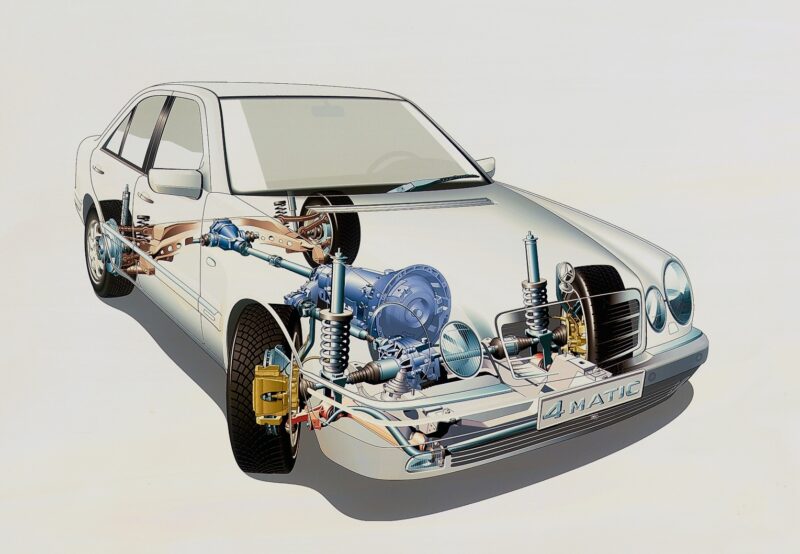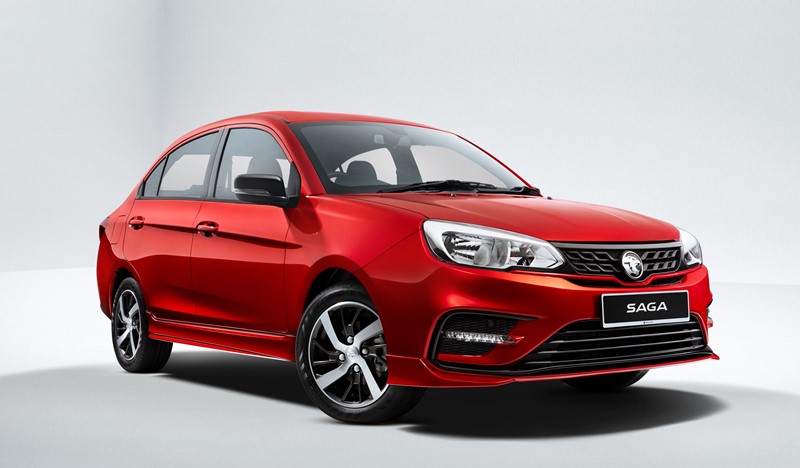FWD, RWD, AWD and 4WD: What’s the difference?

PURCHASING a car is a big decision. Therefore, one needs to thoroughly consider several factors before signing on the dotted line. In addition to price, size, and type of engine, you may also need to choose the most suitable type of drivetrain for your needs.
In essence, there are four types of drivetrains that you should know, namely front-wheel drive (FWD), rear-wheel drive (RWD), all-wheel drive (AWD), and four-wheel drive (4WD). What are the differences between these four types of drivetrains?
Front-Wheel Drive (FWD)

This is the most commonly used drivetrain in vehicles, whether hatchbacks, sedans, or SUVs. This is mainly due to the fact that a FWD system is more compact, meaning it is lighter, and this in turn makes the car more fuel-efficient and relatively less expensive to maintain. However, compared to RWD, FWD cars are less engaging on the road as they are more prone to understeer.
Examples: Perodua Myvi, Honda City, and BMW 2 Series Gran Coupe
Rear-Wheel Drive (RWD)

In essence, RWD is the opposite of FWD because in this system, power is routed to the rear wheels through a propeller shaft or propshaft in short. Car enthusiasts generally prefer RWD because it offers a higher level of traction (vehicle weight shifts to the rear when accelerating) and is generally more exciting in corners.
Examples: Ford Mustang, Mazda MX-5, and Toyota GR86/Subaru BRZ
All-Wheel Drive (AWD)

As the name suggests, AWD means power from the engine is distributed to all four wheels to allow the car to move more easily on wet and slippery road surfaces. Most AWD systems can distribute torque between the front and rear axles according to the driving condition, and some can even switch to two-wheel drive mode (2WD) to save fuel.
Examples: Honda CR-V, Toyota GR Yaris, and Subaru XV
Four-Wheel Drive (4WD)

Compared to AWD, a 4WD system is more suitable for off-road driving. Most, if not all, 4WD vehicles have a transfer case with 2H, 4H, and 4L modes. 2H is a two-wheel drive mode with high gearing for normal driving conditions, 4H is a four-wheel drive mode with high gearing for increased traction on loose surfaces, while 4L is a four-wheel drive mode with low gearing that allows the vehicle to ‘crawl’ at low speeds to navigate extreme terrains.
Examples: Ford Ranger, Jeep Wrangler, and Suzuki Jimny
Life’s too short to argue about which car is the best. Drive whatever you like, as long as you’re happy with it.



